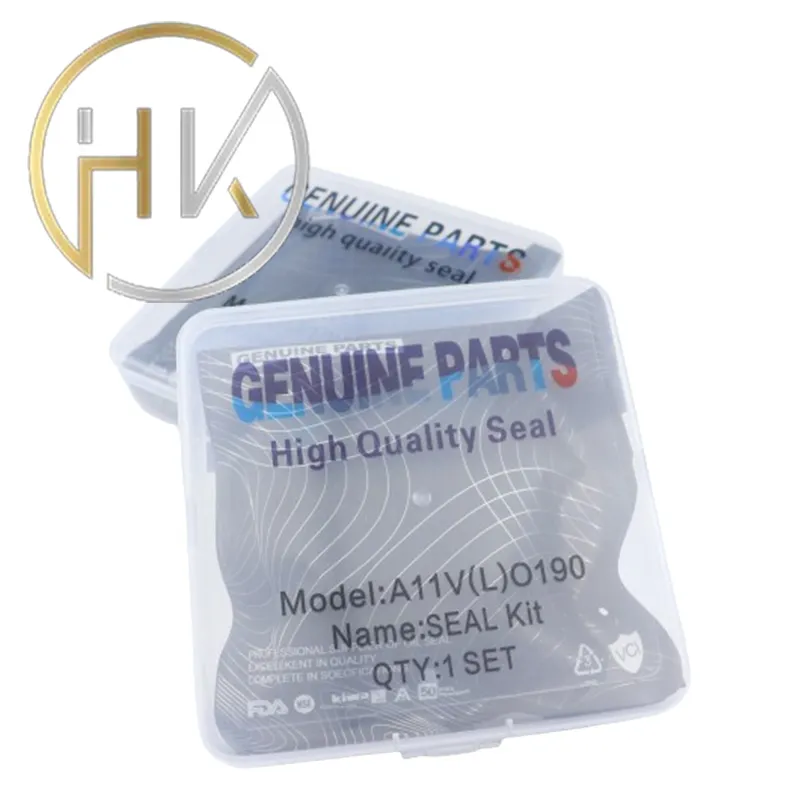2 月 . 11, 2025 03:10 Back to list
oil seal tcv


In practice, the choice between dust seals and oil seals involves assessing the operational environment the presence of contaminants, the need for lubrication, and the type of motion involved. For instance, industrial or agricultural machinery that faces significant dust exposure alongside rotary components might benefit from a combination of both seal types, utilizing dust seals for static interfaces and oil seals on rotating shafts. A common misconception is that one type of seal can replace the other, but the roles they play are distinct and non-interchangeable. Attempting to use an oil seal for dust exclusion alone might lead to unnecessary friction and wear, while relying on a dust seal for oil retention can result in lubricant leakage and system failure. Maintenance and inspection routines should also reflect the specific needs of each seal type. Dust seals require periodic checks for wear, cracks, or material hardening that could compromise their ability to exclude contaminants. Oil seals, in contrast, need inspection for oil weepage or leaks, and checking the condition of the sealing lip and spring (if present) for integrity loss due to friction. Selecting and maintaining the appropriate seal improves system reliability, ensuring machinery functions efficiently and remains protected against environmental aggressors. Understanding the differences and employing the right seal type based on their specific applications not only enhances machine performance but also extends the lifespan of vital components. In conclusion, recognizing when to deploy dust seals versus oil seals is a key factor in mechanical design and maintenance strategies, driving longer service life and reduced downtime for industrial equipment.
-
The Power of Advanced Sealing: High-Pressure Solutions for Modern Machinery
NewsOct.29,2024
-
Optimizing Machinery with High-Performance Oil Seals
NewsOct.29,2024
-
Maximizing Machinery Efficiency with Advanced Oil Seals
NewsOct.29,2024
-
Ensuring Equipment Longevity with Quality Oil Seals
NewsOct.29,2024
-
Enhance Equipment Performance with Quality Oil Seals
NewsOct.29,2024
-
Custom Oil Seals for Specialized Machinery Needs
NewsOct.29,2024
-
The Role of Wiper Seals in Dust Sealing and Oil Protection
NewsOct.20,2024
Products categories
















